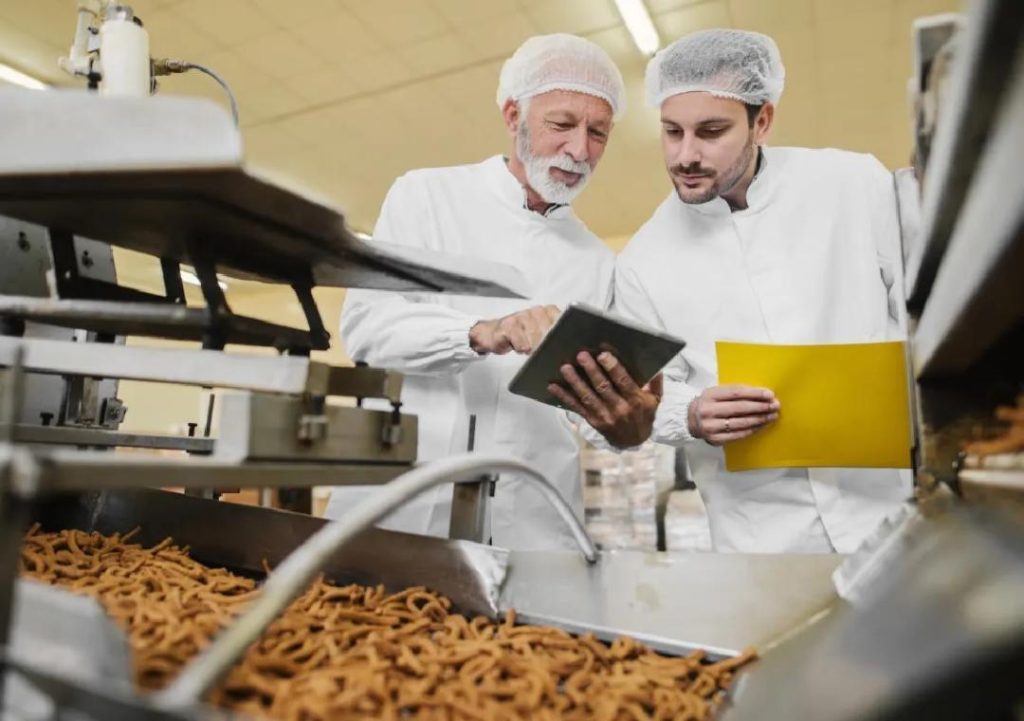
Can P&L Optimisation Redefine Success in Food Technology?
The food technology industry has been rapidly evolving in recent years, driven by innovations in production, distribution, and consumption patterns. As the demand for healthier, more sustainable, and convenient food options continues to grow, food technology companies are under pressure to adapt and innovate to stay ahead of the curve. One key area where food tech companies are making significant strides is in P&L (profit and loss) optimisation. By streamlining their P&L operations, companies are not only improving profitability but also setting themselves up for long-term success.
The Challenges of P&L Operations in Food Tech
Food technology companies face a unique set of challenges when it comes to P&L operations. The industry is characterised by high production costs, complex supply chains, and fluctuating demand patterns. These challenges can make it difficult for companies to accurately forecast demand, manage inventory, and optimise production levels. As a result, many food tech companies struggle to maintain healthy profit margins, leading to reduced growth and competitiveness.
The Role of Automation in P&L Optimisation
One key strategy that food tech companies are using to overcome these challenges is automation. By automating key P&L operations, such as inventory management and demand forecasting, companies can reduce waste, improve accuracy, and make better decisions. Automation can also help companies to streamline their production processes, reducing the time and resources required to produce products.
For example, automated inventory systems can help food tech companies to track inventory levels in real-time, reducing the likelihood of stockouts or overstocking. This not only saves time and resources but also helps to improve customer satisfaction and reduce waste. Similarly, automated demand forecasting systems can help companies to better predict demand patterns, allowing them to adjust production levels and reduce the risk of inventory waste.
The Power of Data Analytics in P&L Optimisation
Another key tool that food tech companies are using to optimise their P&L operations is data analytics. By leveraging data analytics, companies can gain insights into their operations, identify areas for improvement, and make data-driven decisions. Data analytics can help companies to track key performance indicators (KPIs), such as profit margins, inventory turnover, and customer satisfaction, allowing them to identify trends and patterns that may not be immediately apparent.
For example, data analytics can help food tech companies to identify the most profitable product lines, allowing them to focus on producing and marketing these products. Data analytics can also help companies to identify areas where they can reduce waste and improve operational efficiency, such as by optimising production schedules and supply chain logistics.
Scalable Models for Sustainable Growth
In addition to automation and data analytics, food tech companies are also adopting scalable models to drive sustainable growth and profitability. Scalable models allow companies to expand their operations quickly and efficiently, while also reducing the risk of waste and inefficiency.
For example, some food tech companies are adopting a “batch production” model, where they produce small batches of products to meet specific customer demand. This approach allows companies to reduce waste and improve product quality, while also providing customers with fresh, high-quality products.
Conclusion
In conclusion, P&L optimisation is a critical component of success in the food technology industry. By streamlining their P&L operations, food tech companies can reduce waste, improve profitability, and drive sustainable growth. Automation, data analytics, and scalable models are all key tools that companies are using to optimise their P&L operations and stay competitive in the industry.
As the demand for healthier, more sustainable, and convenient food options continues to grow, food tech companies that can adapt and innovate will be well-positioned for long-term success. By embracing P&L optimisation, companies can reduce waste, improve profitability, and drive sustainable growth, positioning themselves for success in this rapidly evolving industry.
Source:
https://www.growthjockey.com/blogs/p-and-l-operations-in-food-tech






